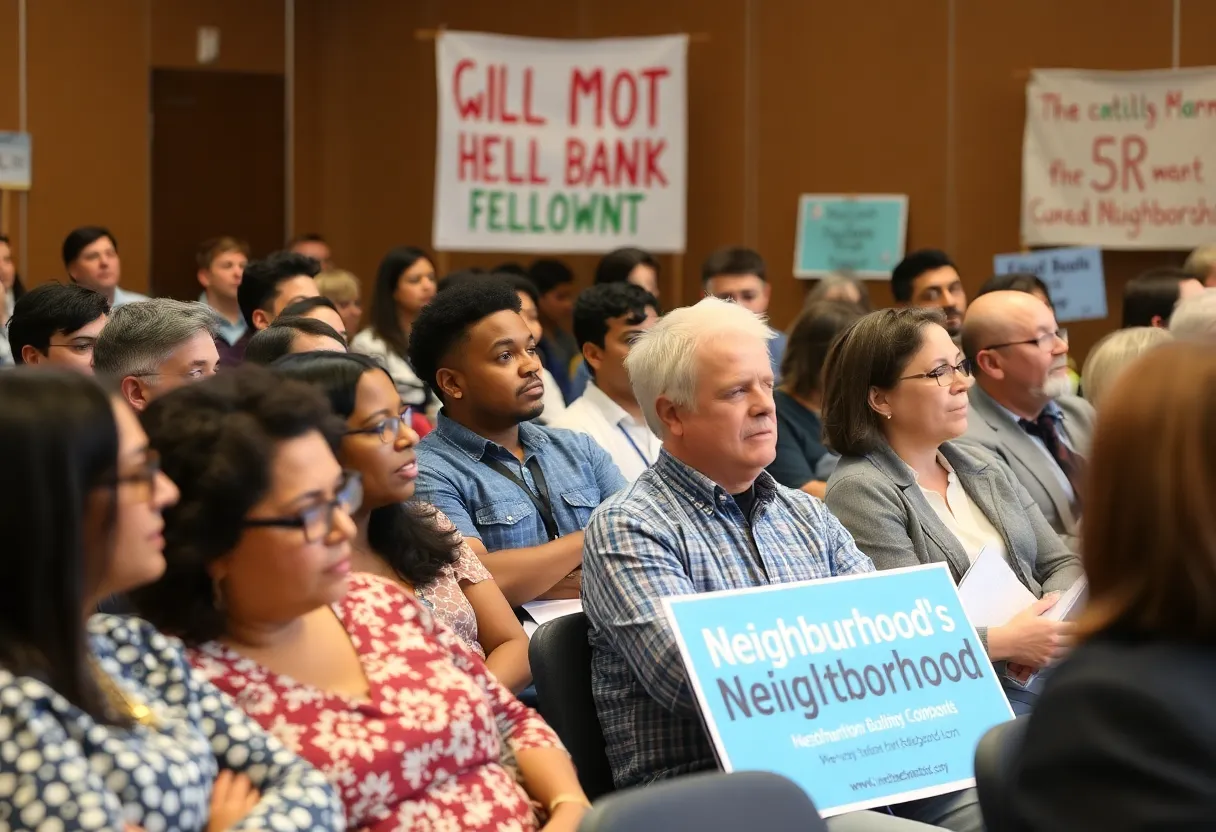News Summary
California Governor Gavin Newsom has reported a $12 billion budget deficit for the upcoming fiscal year, prompting significant proposed cuts to health programs and higher education funding. The deficit results from unexpected Medicaid spending and economic uncertainties. Key changes include a freeze on Medi-Cal enrollment for low-income undocumented adults and new premium requirements. The proposed budget has drawn criticism from both Democrats and Republicans as California navigates complex financial challenges. State lawmakers have until June 30, 2025, to finalize the budget amid calls for additional funding for educational institutions.
California Governor Gavin Newsom has reported a staggering $12 billion budget deficit for the upcoming fiscal year, prompting him to propose significant budget cuts and changes to state-funded health programs. This budget, totaling nearly $322 billion, has raised concerns regarding the impact on various sectors, especially healthcare and education.
Newsom has attributed the deficit to unexpectedly high Medicaid spending and broader economic uncertainties, including federal tariffs and fluctuations in the stock market. California’s heavy reliance on capital gains tax revenue has further complicated the budgetary landscape. The governor has pointed to President Donald Trump’s economic policies, predicting they could result in a $16 billion reduction in state revenues over the coming years. Newsom has openly criticized the federal administration, framing it as detrimental to the state’s financial well-being.
A crucial component of the proposed budget is the freeze on enrollment in Medi-Cal, which is California’s Medicaid program, for low-income adults without legal status starting in 2026. However, current participants will not be removed from the program, and children’s enrollment will remain unaffected. Additionally, adults in Medi-Cal with “unsatisfactory immigration status” will see a new requirement to pay a $100 monthly premium beginning in 2027. These measures are projected to save the state approximately $5.4 billion by the end of the fiscal year 2028-2029. Observations indicate that the cost of expanding Medi-Cal exceeded projections by $2.7 billion, with over 1.6 million undocumented individuals currently enrolled this fiscal year.
The proposed changes, particularly the cuts to health services for undocumented immigrants, have drawn sharp criticism from various quarters. Democratic State Senator Dave Cortese expressed opposition to the coverage adjustments, reinforcing California’s commitment to immigrant communities. On the other hand, Newsom’s assessment of the budget crisis has faced backlash from Republican leaders, with Assembly Republican Leader James Gallagher accusing the governor of shifting blame instead of addressing the financial issues head-on.
In addition to healthcare cuts, Newsom’s budget also suggests reductions in funding for higher education. The proposed cuts to the University of California (UC) and California State University (CSU) systems have been reassessed, with the reductions decreased from $397 million and $375 million respectively in January to $130 million and $144 million. These cuts represent a reduction of around 3%. The impact of federal funding cuts has significantly affected state educational institutions, leading to hiring freezes and more severe austerity measures. Both the UC and CSU systems are continue advocating for additional funding, as they deal with rising operational costs and potential future cuts at the federal level.
As the state grapples with budgetary shortfalls, discussions about new legislation, including California Senate Bill 829, which aims to establish a state scientific research institute, are currently underway. This bill represents an effort to foster innovation and advance research amid ongoing fiscal challenges. Meanwhile, UC President Michael V. Drake conveyed relief at the improved outlook of the budget, though he emphasized that budget challenges persist. Similarly, CSU Chancellor Mildred Garcia has articulated the need for sustained support in order to meet the evolving demands of higher education.
A final budget must be ratified by June 30, 2025, giving state lawmakers a tight timeline to navigate these complexities while addressing the diverse needs of California’s population. The proposed changes, coupled with substantial reductions in funding across multiple sectors, underscore the significant challenges that California faces as it seeks to balance its budget amid economic pressures and policy implications at the federal level.
Deeper Dive: News & Info About This Topic
- Los Angeles Times
- Wikipedia: Budget Deficit
- The New York Times
- Google Search: California budget crisis
- The Hill
- Google Scholar: California budget deficit Newsom
- Washington Examiner
- Encyclopedia Britannica: California budget
- NBC News
- Google News: California Governor Gavin Newsom budget

Author: STAFF HERE HOLLYWOOD
The Hollywood Staff Writer represents the experienced team at HEREHollywood.com, your go-to source for actionable local news and information in Hollywood, Los Angeles County, and beyond. Specializing in "news you can use," we cover essential topics like product reviews for personal and business needs, local business directories, politics, real estate trends, neighborhood insights, and state news affecting the area—with deep expertise drawn from years of dedicated reporting and strong community input, including local press releases and business updates. We deliver top reporting on high-value events such as the Hollywood Bowl summer concerts, the Hollywood Christmas Parade, film premieres at TCL Chinese Theatre, and festivals at the Magic Castle. Our coverage extends to key organizations like the Hollywood Chamber of Commerce and Visit Hollywood, plus leading businesses in entertainment, dining, and tourism that define the local economy. As part of the broader HERE network, including HERELosAngeles.com, HEREBeverlyHills.com, HEREAnaheim.com, and HEREHuntingtonBeach.com, we provide comprehensive, credible insights into Southern California's dynamic landscape.





